Embarking on a home remodeling project can be an exciting yet daunting undertaking. From envisioning your dream space to finding the right contractor, there are numerous factors to consider. One crucial aspect that often gets overlooked is the need for a clear and comprehensive agreement between the homeowner and the contractor.
This article will explore the benefits of using a renovation agreement, a legal document that outlines the terms of a home remodeling project and establishes the obligations of both parties involved.
What is a Renovation Agreement?
A renovation agreement is a legally binding document that serves as a contract between the homeowner and the contractor. It outlines the scope of work, project timeline, payment terms, and any other relevant details related to the home remodeling project.
This agreement ensures that both parties are on the same page and have a clear understanding of their roles and responsibilities.
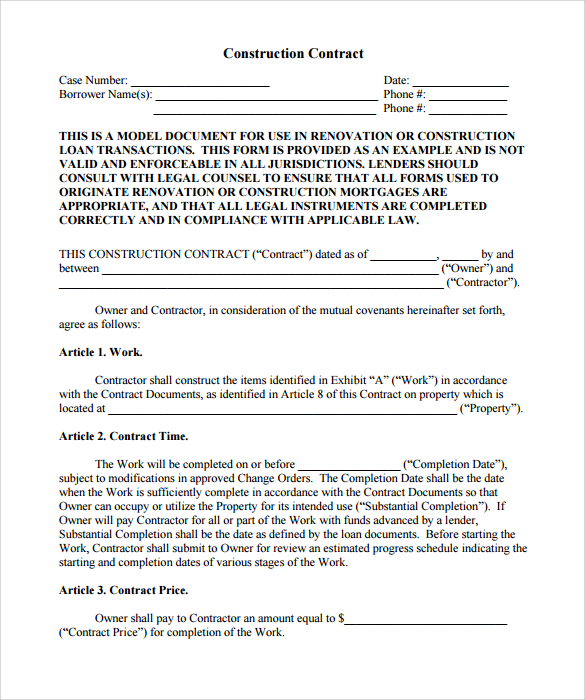
Why is a Renovation Agreement Important?
A renovation agreement is essential for several reasons:
- Legal Protection: By having a written agreement in place, both the homeowner and the contractor are protected from any potential disputes or misunderstandings that may arise during the project.
- Clear Communication: The agreement serves as a communication tool, allowing both parties to clearly state their expectations and requirements. This helps prevent any miscommunication or confusion down the line.
- Defined Scope of Work: The agreement outlines the specific tasks and deliverables that the contractor is responsible for, ensuring that there are no ambiguities regarding the project details.
- Project Timeline: The agreement includes a timeline for completion, providing a clear understanding of when the project is expected to be finished.
- Payment Terms: The agreement specifies the payment terms, including the total cost of the project, payment schedule, and any penalties or incentives related to timely completion.
How to Create a Renovation Agreement
Creating a renovation agreement may seem like a daunting task, but it doesn’t have to be. Here are some steps to help you create a comprehensive and effective agreement:
1. Identify the Parties Involved
Start by clearly identifying the homeowner and the contractor involved in the project. Include their names, addresses, and contact information.
2. Define the Scope of Work
Outline in detail the specific tasks and deliverables that the contractor will be responsible for. Be as specific as possible to avoid any confusion or misunderstandings later on.
3. Establish Project Timeline
Include a timeline for the project, specifying the start and end dates, as well as any milestones or deadlines along the way.
4. Set Payment Terms
Clearly state the total cost of the project, the payment schedule, and any penalties or incentives related to timely completion. Be sure to include how and when payments should be made.
5. Include Change Order Process
Define the process for handling any changes or modifications to the scope of work. This helps prevent any misunderstandings and ensures that both parties are in agreement before proceeding with any changes.
6. Outline Warranty and Liability
Specify any warranties or guarantees provided by the contractor, as well as any limitations on liability for both parties.
7. Include Dispute Resolution Mechanism
Outline how disputes will be resolved, whether through mediation, arbitration, or litigation. This helps avoid lengthy and costly legal battles in case of any disagreements.
8. Review and Sign
Once the agreement has been drafted, reviewed, and approved by both parties, it should be signed and dated by all involved. This signifies their acceptance and commitment to the terms outlined in the agreement.
Examples
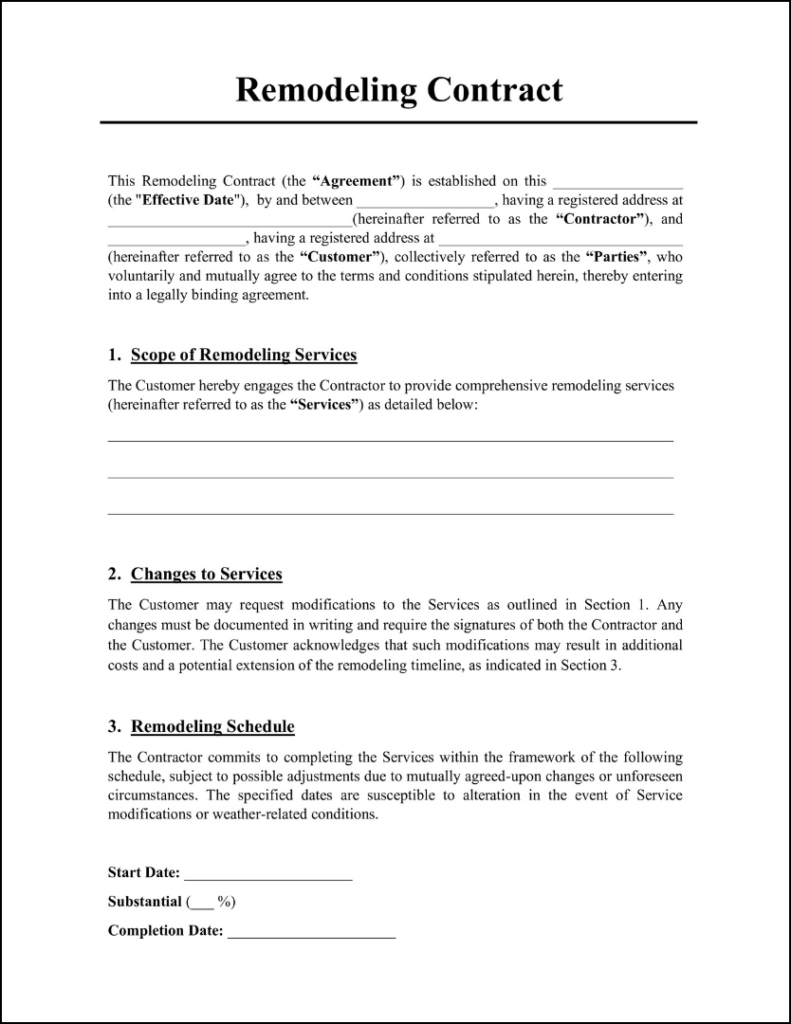
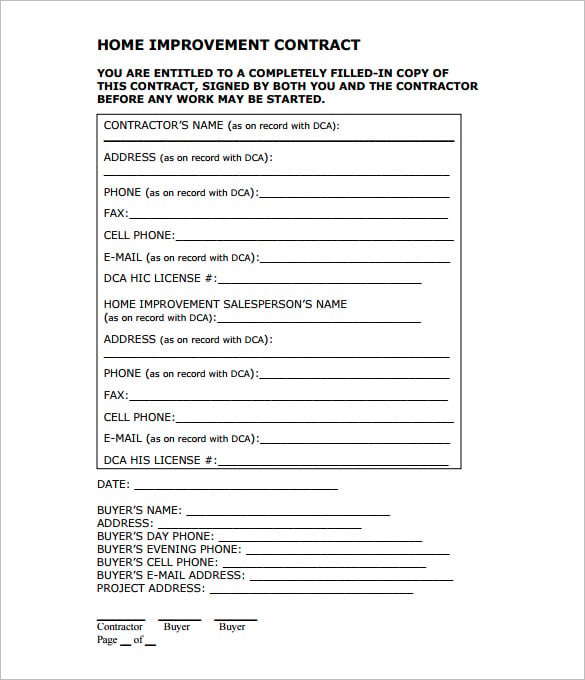
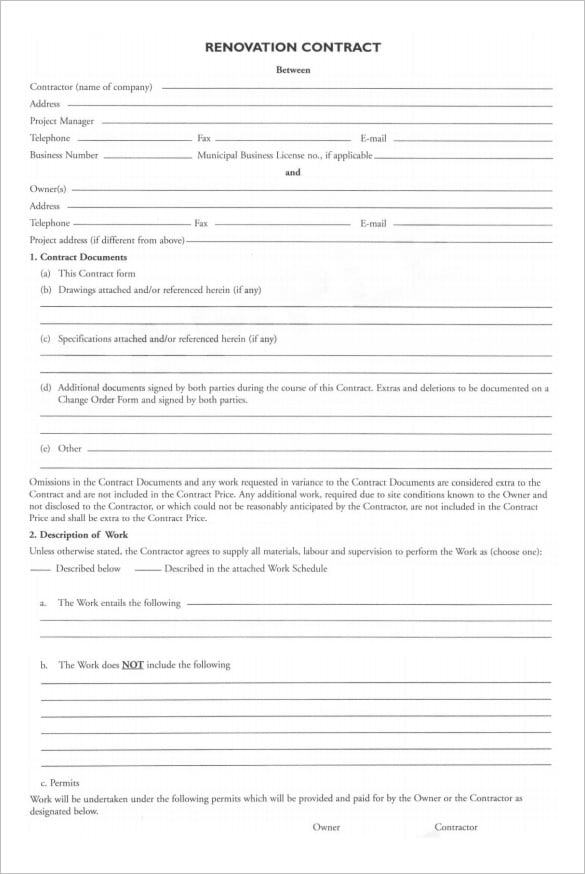
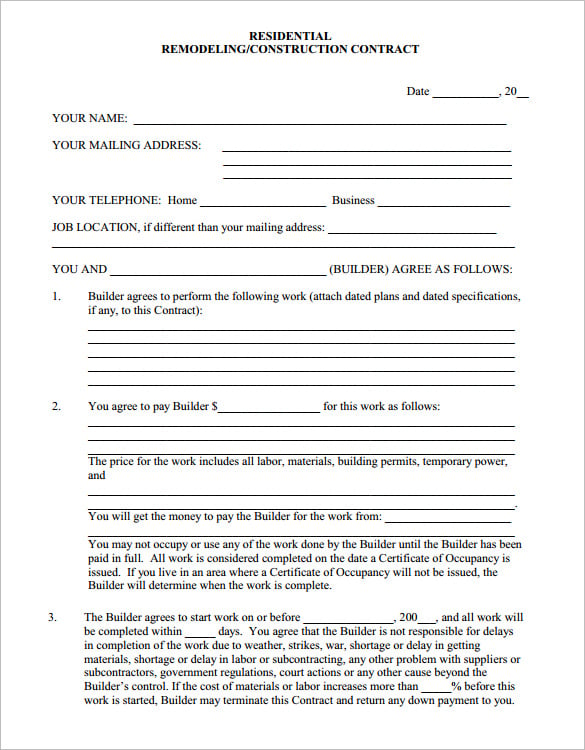
Tips for Successful Use of a Renovation Agreement
Here are some tips to ensure successful and effective use of a renovation agreement:
- Seek Legal Advice: It’s always a good idea to consult with a legal professional to ensure that the agreement complies with local laws and regulations.
- Be Specific: Include as much detail as possible to avoid any misunderstandings or disputes. The more specific the agreement, the better.
- Review and Understand: Take the time to thoroughly review and understand the terms of the agreement before signing. If there are any questions or concerns, don’t hesitate to seek clarification.
- Keep a Copy: Make sure to keep a copy of the signed agreement for your records. This will come in handy in case any issues or disputes arise in the future.
- Communicate Openly: Maintain open lines of communication with the contractor throughout the project to address any concerns or changes that may arise.
In Conclusion
A renovation agreement is a crucial document when undertaking a home remodeling project. It protects both the homeowner and the contractor by clearly outlining the terms, expectations, and responsibilities of each party.
By creating a comprehensive and well-drafted agreement, you can ensure a smoother and more successful home remodeling experience.
Renovation Agreement Template – Download